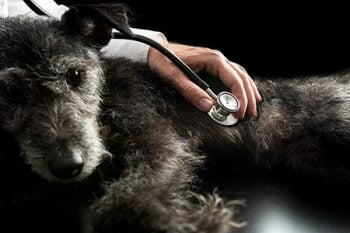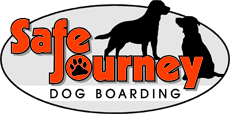Finding your dog has become despondent is a frightening event. Of course, facilities that offer dog daycare and dog boarding in Portland should have this training—but what do you do when you are on your own? Seeking veterinary care as quickly as possible is extremely important, but here are some tips you can do until your dog is safely in a veterinarian’s hands:
- First, check the dog – Talk to him or her and gently rock your dog to see if you get a response. If not, CPR may be necessary.
- Position your dog on his/her right side – Move the dog’s left elbow back until it meets with the chest. This is the point where you should check for a pulse. Feel or place your ear in that spot to see if a heartbeat can be detected.
Breathing
- Clear the airway – Open the dog’s mouth and pull out his/her tongue. Clear out any vomit or debris in the airway.
- Breath into the dog’s nose – Depending on the size of the dog you may be able to cover the whole muzzle, sealing air from leaking out as you breath into the dog’s nose. In a medium or larger dog, use your hands to cup the mouth, creating a seal so the air does not escape. Breath into the nose and watch for the chest to rise.
- Stop for exhalation – When you continue a full breath remove the seal and allow 2-3 seconds for the air to be exhaled.
- Continue – Continue alternating breathing into your dog and allowing for exhalations until your dog arrives at a vet clinic.
Heart Compressions

- Find the compression location – If your dog’s heart has stopped beating place your hands at the above-mentioned pulse point, where the left elbow meets the ribs.
- Lock hands – Put one hand over the other and lock your elbows.
- Compression – Press firmly but gently 15 times in 10 seconds.
- Alternate – 15 compressions for every breath, then another 15 compressions and one breath. Continue this pattern until under a vet’s care.
These are the basics of what you can do if your dog stops breathing or having a heartbeat. For classes in the Portland area, here is an article that lists resources. Just like knowing CPR for humans, being aware of lifesaving techniques for your beloved four-legged family can make all the difference in saving a life.

